
As the ecommerce world is growing, things can get complicated and competitive. You should work hard to list products, find suppliers, upload product images, etc, to keep your customers happy and improve the experience. The major part of any ecommerce store is shipping. Good shipping strategy can earn your store more customers. But if you are not focusing on a proper ecommerce shipping strategy, all your efforts might not pay off as expected.
E-commerce shipping standards constantly change, and shipping costs impact customer behaviour. Half of all customers abandon their carts because of high shipping fees, taxes or additional charges.
This guide will walk you through various ecommerce shipping strategies and methods, helping you explain your approach. You will clearly understand how to optimize your shipping process by the end.
What is an Ecommerce Shipping Strategy?
An ecommerce shipping strategy is a plan that outlines how a business handles the delivery of its products to customers. Shipping is a part of the order fulfilment process, including getting products from the seller to the customer. A good shipping plan helps ensure that products arrive safely, on time, and without extra costs.
It also involves preparing orders, handling warehouses, label printing, and dealing with returns management. Thinking about how complex it is depends on the product, where it’s going, and your shipping options. Also, having the right hoping partners is important. You can make the process smooth, cost-effective and quick, which is part of improving the customer experience.
Types of Ecommerce Shipping Methods
An effective ecommerce shipping strategy is key to business success. You can find the best fit for your business and customers by exploring many shipping options. Here are some common options:
Flat Rate Shipping
This method offers a clear option for customers, but it’s important to know the average shipping cost to avoid undercharging. Flat-rate shipping works well for heavier items within carrier weight limits.
For example, If you sell a book that weighs about the same, you can charge a flat $5 shipping fee for every order, whether someone buys one book or five. This makes things easier for you and your customers. But if your shipping cost is $6 per order, you might need to change the flat rate or cover the extra cost to keep your profit.
Free Shipping
Free shipping can attract more customers, but it comes with costs for your business, typically covered by your profits. To make free shipping work, analyze your profit margins, understand your customers and check what your competitors are doing.
Same-Day Shipping
It has become a key feature in ecommerce, mainly driven by consumer expectations such as set by Amazon. This allows businesses to deliver products within 24 hours of purchase, improving customer experience and conversion rates. While same-day delivery can increase sales and improve brand reputation, it is resource-intensive and costly.
Read More About How Same Day Delivery is Reshaping E-Commerce
Local Delivery/Store Pickup
Ecommerce delivery strategies like local delivery and store pickup can save on shipping costs and provide added convenience for customers. By offering local delivery, you transport products directly to customers within a defined region, such as a city or neighbourhood. Alternatively, store pickup allows customers to collect their orders from your location.
Read More About How to Provide Store Pickup and Local Delivery
International Shipping
When you ship internationally, you must handle many regulations, customs procedures, and taxes for each country. For example, if you sell a product in the U.S. and want to ship it to customers in the UK, you will need to manage customs manual work and different delivery rules.
Calculating Ecommerce Shipping Cost
It is important to figure out the shipping costs for pricing your products and managing expenses. Here are some factors to consider when calculating ecommerce shipping costs:
Packing Weight and Dimension
Regarding shipping, carriers usually base their charges on the weight and size of your package. Heavier and larger packages cost more to ship. Additionally, to weight, carriers might also use something called dimensional weight. This means they take into account the volume or space your package occupies.
By optimizing your packaging, you can prevent additional costs and make shipping more affordable.
Shipping Distance
Shipping distance plays an important role in calculating costs. Because shipping costs increase with distance. Domestic shipments get more costly the farther they travel, especially across different zones. International shipments add extra costs like customs fees.
Shipping Speed
Shipping speed affects the cost of delivery. Faster options like same-day or next-day shipping are more costly but offer quick delivery. Slower economy shipping options cost less but might not satisfy all customers’ speed needs. Faster shipping can attract customers who need their orders quickly but will cost more.
Carrier Rates
To make an informed choice, check the rates from multiple carriers and see which offers the best value for the services you need. Many ecommerce platforms have tools that let you integrate real-time shipping costs and select the best carrier for your business.
By comparing carrier rates and using integrated tools, you can manage shipping costs more effectively and ensure you provide competitive options for your customers.
Shipping Discounts
It can reduce your costs, mainly if you handle a high volume of orders. Many carriers lower rates for bulk shipments or businesses that regularly ship large quantities. By negotiating with carriers, you can secure better rates and save money.
It’s worth discussing discounts with different carriers if your business ships many packages. They may offer special rates or extra rewards based on the volume of shipments. For example, You might receive a discount if you commit to a certain number of monthly shipments or use their services exclusively.
Additional Services
Additional services like insurance, tracking and signature confirmation can increase shipping costs. Deciding if these services are needed for your products and customers is essential.
For example, If you are shipping high-value items, insurance might be worth the extra costs to protect against loss or damage. Tracking services help customers follow their package’s journey, which can improve their experience. Signature confirmation ensures the package is handed directly to the recipient, providing an extra layer of security.
Ecommerce Shipping Carrier Option
When choosing a carrier option, it is important to consider some factors to ensure you meet customer expectations while controlling costs.
UPS
It is a well-known domestic and international shipping choice because of its accessible services and proper network. It offers multiple shipping options, including ground, next-day, and two-day delivery, providing different speed and cost requirements.
USPS
It offers the convenience of free package pickup from your home or office, depending on your location. Their flat-rate boxes are cost-effective for shipping items of various weights at a fixed price, making cost calculations clear.
FedEx
It is known for its flexible and accessible services, making it an excellent choice for urgent and international deliveries. The company offers a range of options for different needs, including overnight, two-day and economy shipping.
DHL
It is the top choice for international shipping, particularly for cross-border ecommerce. With a global network, DHL delivers packages worldwide, ensuring efficient and easy service for businesses looking to reach customers across different countries.
Best Practices For Ecommerce Shipping
Consider implementing these ecommerce shipping solutions or best practices to optimize your ecommerce shipping strategy or process and enhance customer satisfaction.
Offer Transparent Shipping Costs
It displays all shipping fees during checkout, so customers are not surprised by hidden costs. Consider providing real-time carrier rates showing accurate shipping costs based on location and package details.
Offer Multiple Shipping Costs
Offering multiple shipping options is a smart strategy for customers. By providing choices from standard to advanced delivery, customers can select options that align with their needs and budget. It also can build customer loyalty.
Improve Packing Process
This can help reduce shipping costs and keep your product safe. Choose packaging that protects your items without adding more weight. Using eco-friendly materials can attract customers who care about the environment. Proper packing reduces the chances of damage, fewer returns, and happier customers.
Set Clear Delivery Expectations
To set clear delivery expectations by informing customers of estimated delivery times upfront. This helps manage their expectations and reduces the chance of frustration. Additionally, it offers tracking information so they can quickly check their order’s progress from dispatch to delivery.
Simplify Returns
Simplify returns by offering clear instructions and prepaid return labels. An easy return process can boost customer trust and support repeat business.
Use Shipping Software
Implement shipping software that integrates with your ecommerce platform to automate label printing, tracking, and order management. This can save time and reduce errors.
Partner with Reliable Carriers
Choose carriers that offer consistent and reliable services. Consider multiple carriers to compare rates and delivery times, ensuring the best options for your customers.
Wrapping Up
We have gone through all the ecommerce shipping strategies, and it is tricky to find the right one for your business. It is knowing what your customers want, especially how fast they expect their orders.
Improving your shipping approach may take time, but it will create happier customers and better business results in the long run. Being patient and always looking for ways to improve your shipping process is required for success.
FAQs
1. What are the 3 methods of shipping?
The most common shipping methods are standard, free and same-day shipping.
2. What is the best way to calculate shipping for ecommerce?
It depends on the package size, weight, how far it needs to reach, and which delivery service is used. Many online stores have tools that automatically calculate the shipping costs based on these details.
3. How does shipping impact customer satisfaction in ecommerce?
So, shipping plays an important role in keeping customers happy. A well-thought-out ecommerce shipping strategy that is quick, dependable, and budget-friendly can improve the shopping experience, reduce cart abandonment, and support repeat purchases.
4. How can I reduce shipping costs for my e-commerce business?
You can reduce costs by choosing the right package, communicating with carriers for better rates, and comparing prices with shipping tools.


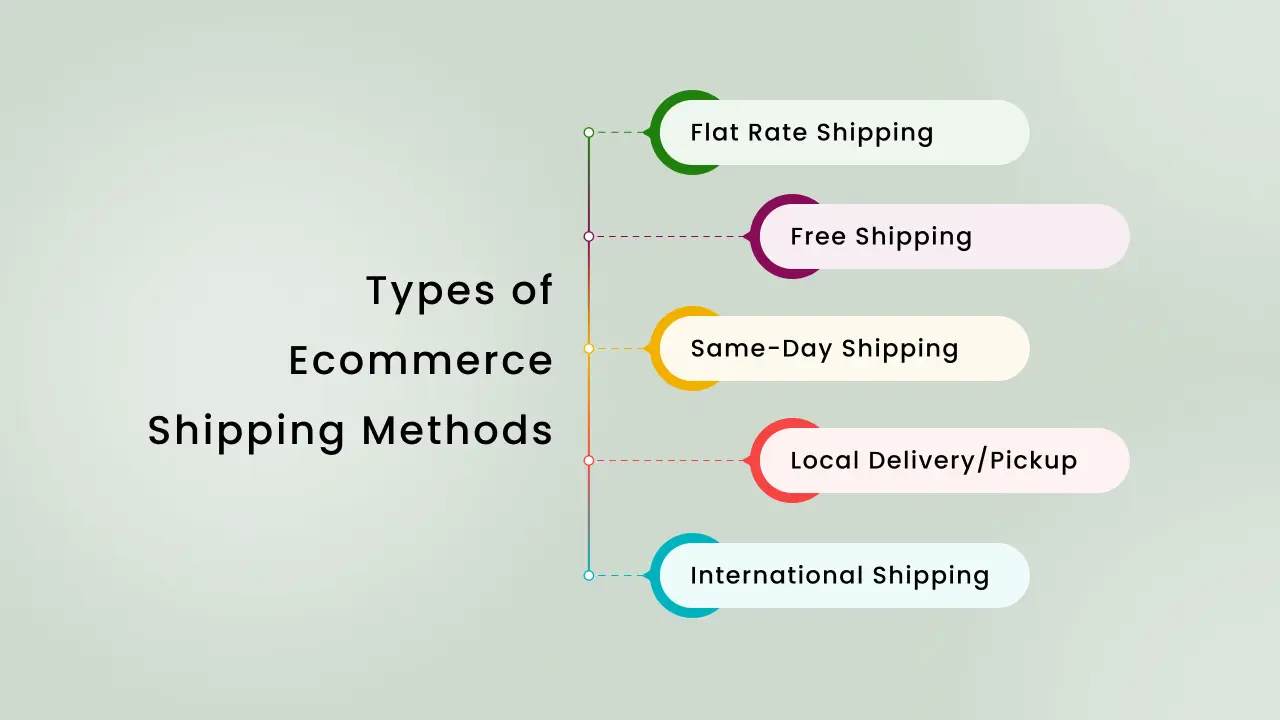
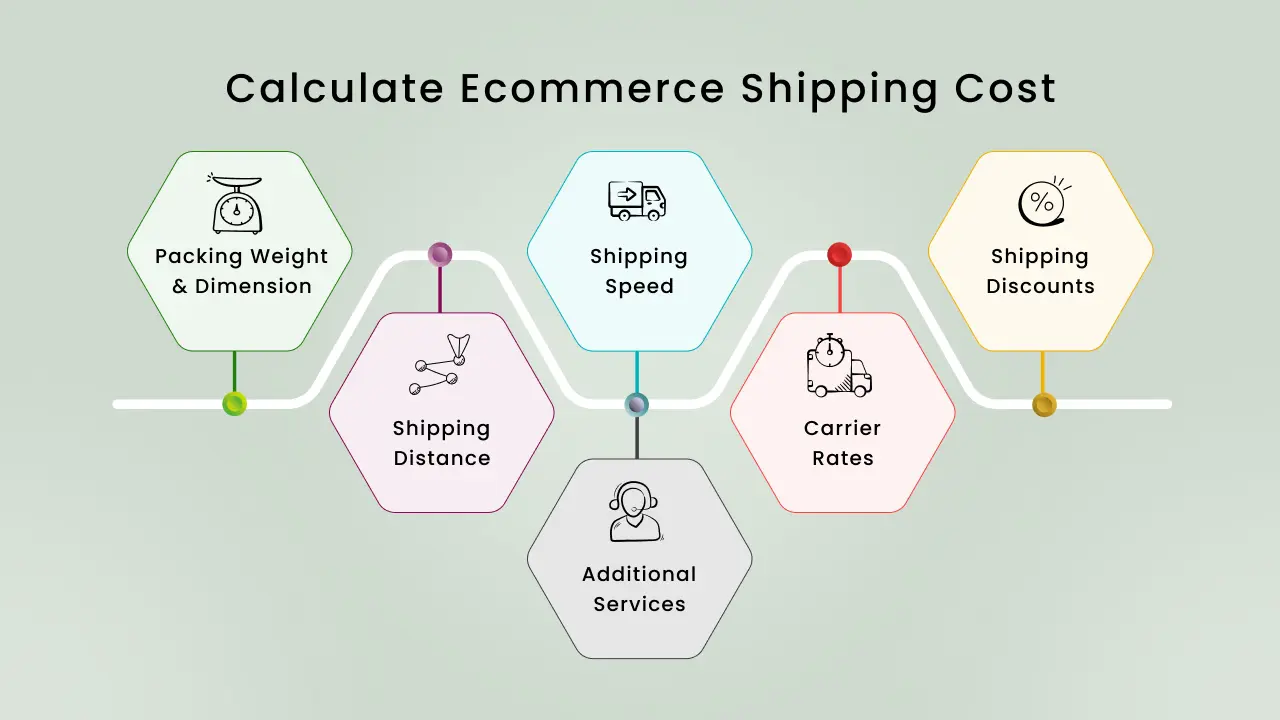
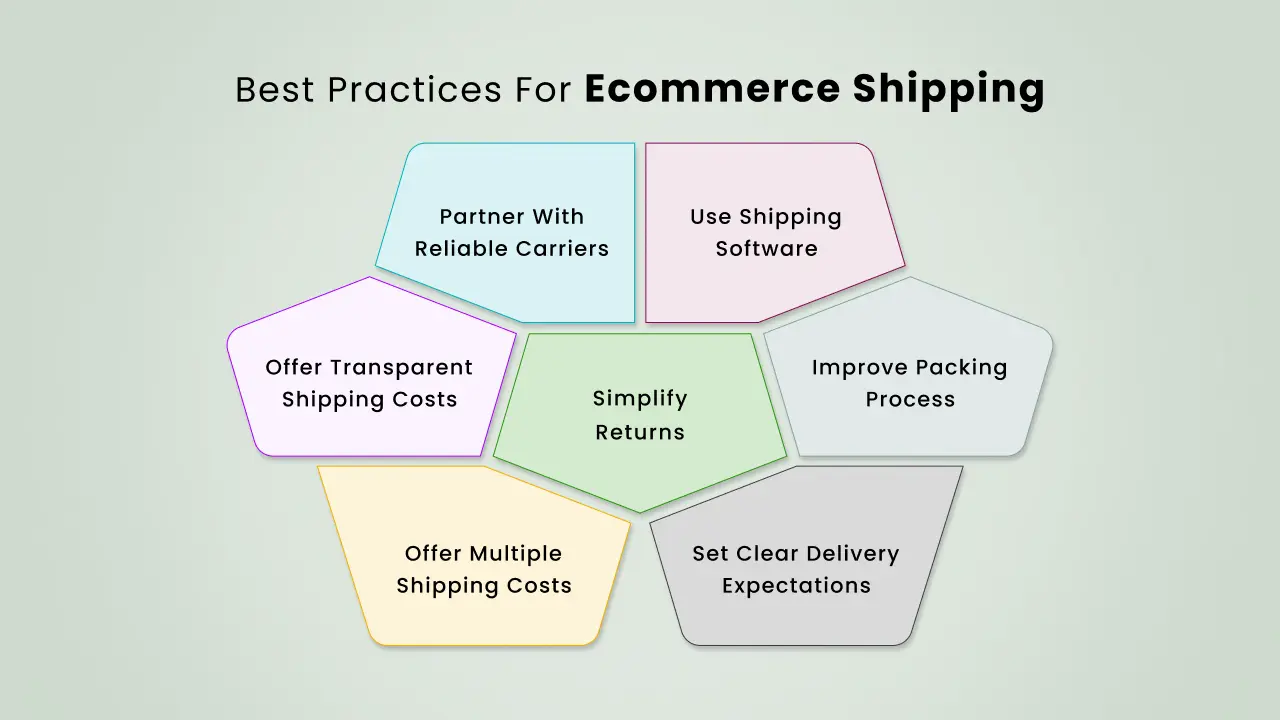

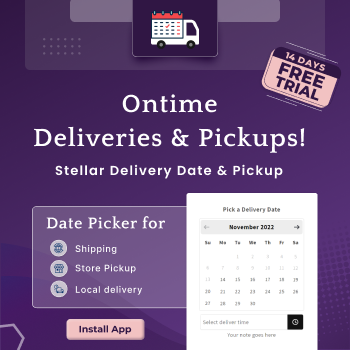
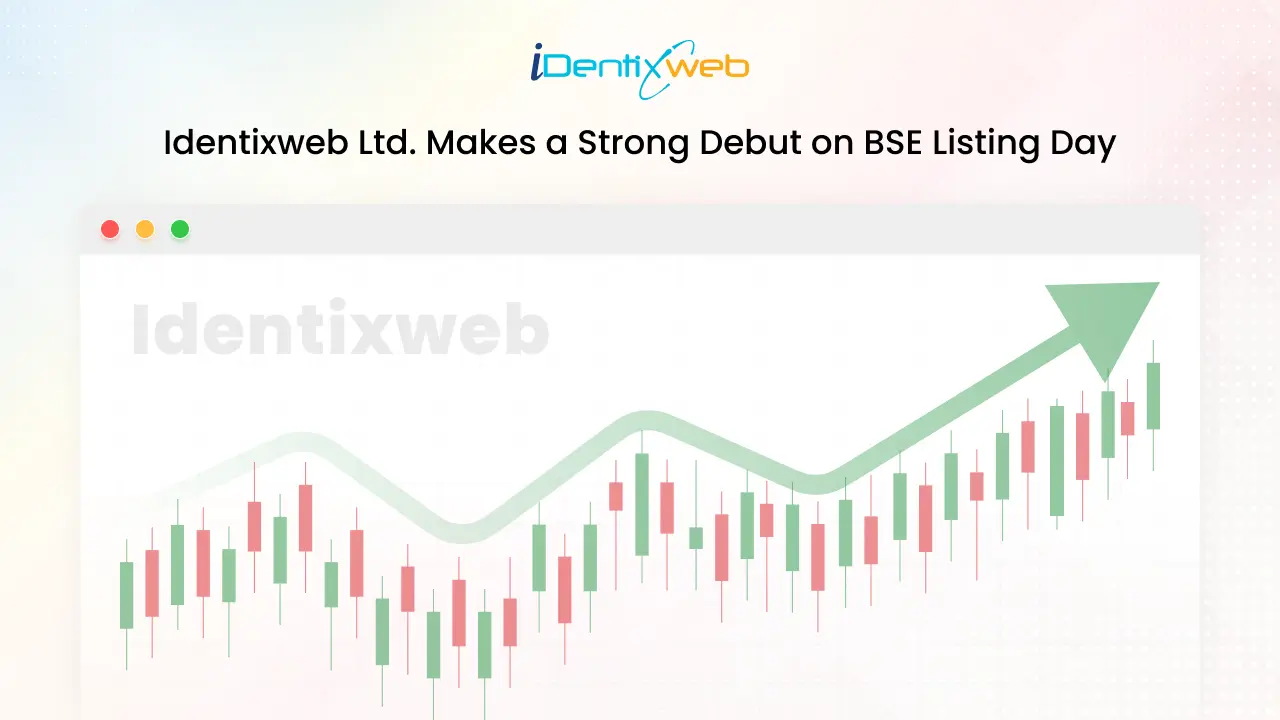


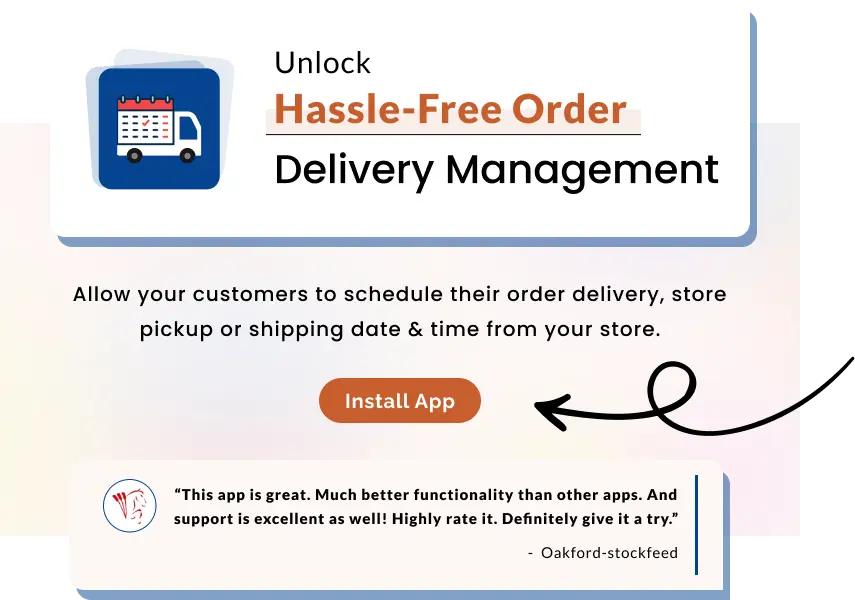
About the author
Bhavesha Ghatode
Explore Content with Bhavesha, a passionate and dedicated technical content writer with a keen understanding of e-commerce trends. She is committed to sharing valuable insights, practical assets, and the latest trends that can help businesses thrive in a competitive environment.